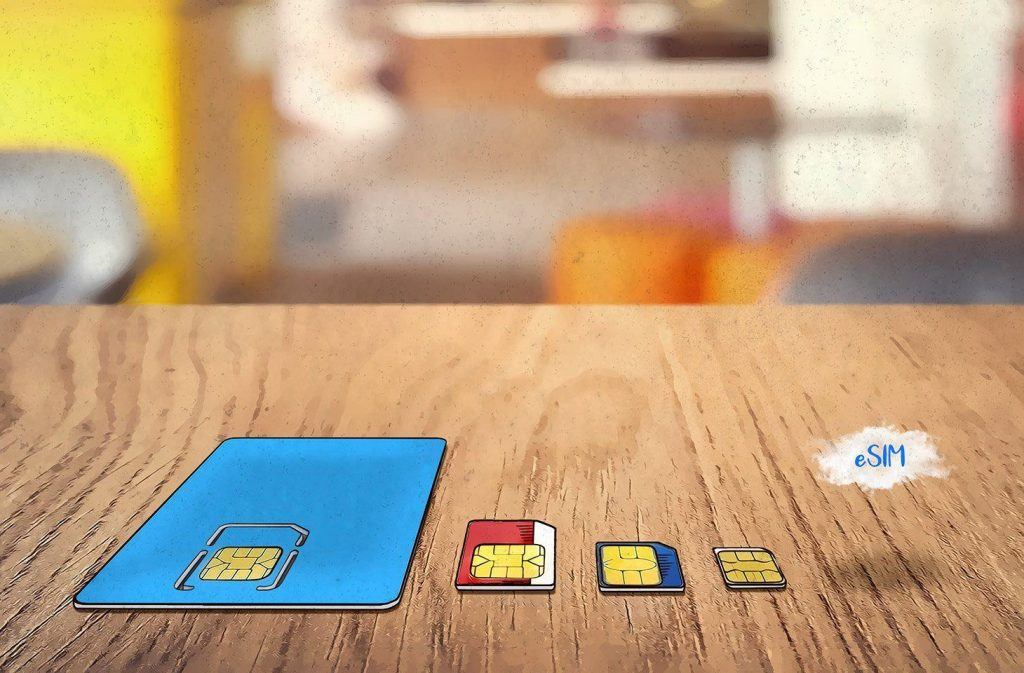Convenient, innovative and easy to use, the eSIM is truly the future of mobile connectivity. Standing for ’embedded SIM’, this pioneering technology is essentially a traditional physical SIM card that is physically connected to the motherboard of your device — so it can’t be removed. eSIM technology promises to streamline the way people connect. You might not realise it, but eSIM is already available in various devices, including the iPhone 13, Samsung Galaxy S22, and Google Pixel 6. It’s set to become even more popular in the coming years as more devices are released that are eSIM compatible. This article will reveal an eSIM and run through the various benefits of switching to an eSIM.
What are eSIMs?
An eSIM is a SIM that allows you to connect to a mobile network without inserting a physical card into your device. It’s sometimes called by its technical name, eUICC (Embedded Universal Circuit Card), or simply ‘virtual SIM’. If the model you use is compatible with dual SIM technology, you could use a regular SIM and eSIM simultaneously and make the most of using two mobile numbers on one handy device.
What are the differences between a regular SIM card and an eSIM?
A typical SIM is a chip that you manually insert into your phone. It has 3 sizes — nano, micro and standard, — and holds data for your phone. A physical SIM served us well throughout the nineties and noughties, but today manufacturers are calling time on the humble physical SIM. Instead, communication giants like Apple, Google and Samsung are equipping their latest models with digital eSIMs to identify your device to providers.
The benefits of using an eSIM
There are a lot of advantages associated with switching over to these ‘digital’ SIMs, including:
- Easy to shift between plans – eSIMs can store multiple profiles to have separate plans for work and personal use.
- Multiple phone numbers are possible – Having an eSIM is like having a phone with dual SIM card slots. You can make phone calls and write messages with both numbers, simplifying incoming and outbound conversations.
- You needn’t disable accounts – eSIMs hold numerous profiles, so you can move networks without disabling accounts. This function allows you to stay engaged while travelling. It’s generally cheaper than worldwide roaming.
- They’re smaller for phones – Modern cellphones use Nano SIMs. These 8.8mm cards are smaller than 4mm eSIMS. Smaller phones allow manufacturers to incorporate features like larger batteries and quicker CPUs. It also improves a phone’s rating against dust and water since there are fewer entrance points.
- They ease provider changes – With an eSIM, you can switch networks without getting a new SIM card. You won’t need to visit a merchant or wait for the card in the mail. By using eSIMs on your phone, you can choose your phone company remotely and join their network online or via the phone.
The switch to eSIMs shows how technology may improve people’s lives. Soon, describing to a younger generation how tangible chips were needed to receive 180-character texts would appear archaic. Will you use eSIMs, or are you wary of new tech?
